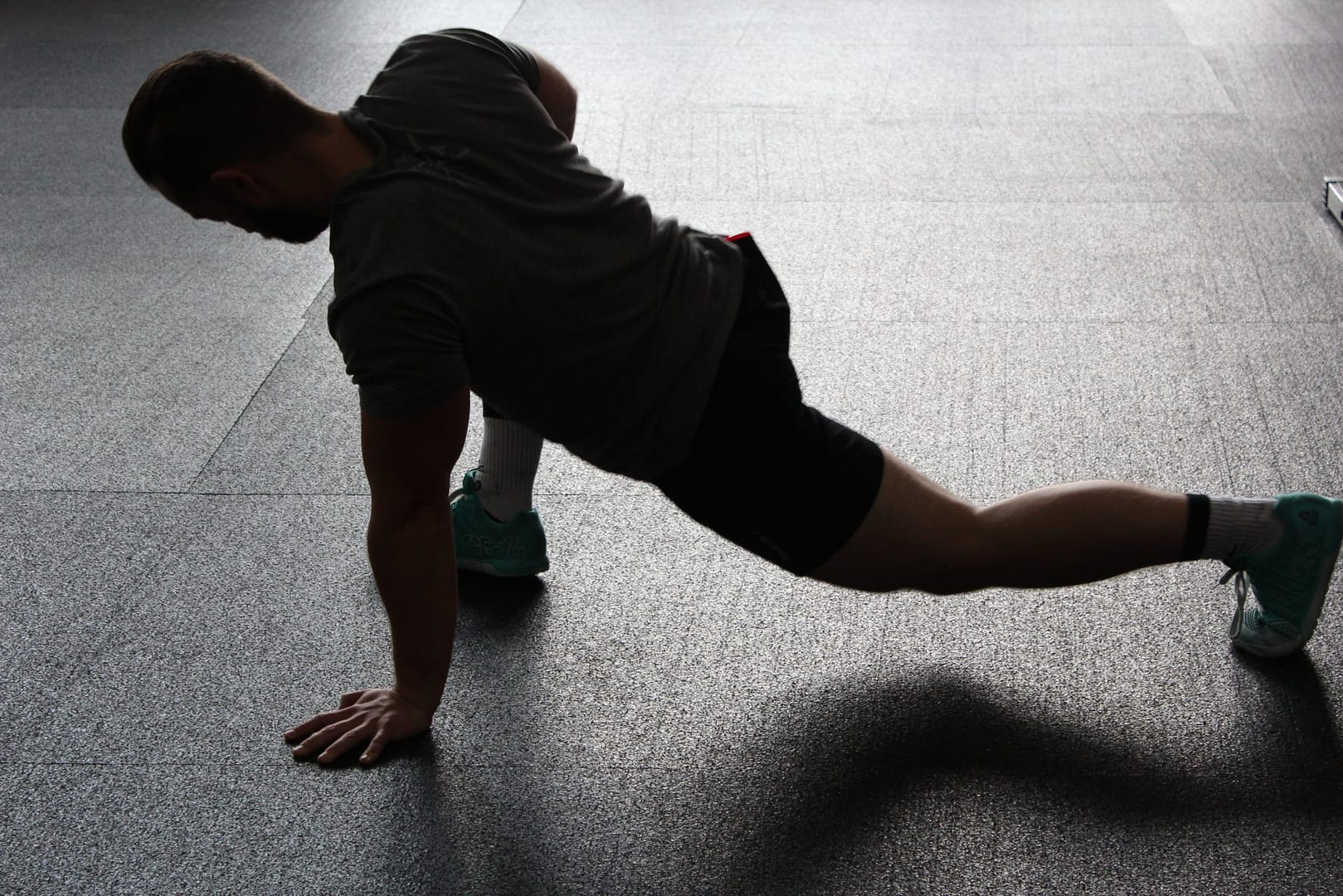Understanding Muscle Soreness After the Gym
Muscle soreness after a workout, often referred to as delayed onset muscle soreness (DOMS), can puzzle many fitness enthusiasts. This discomfort is a natural response to strain or damage to muscle fibers during exercise. The process begins when we engage in physical activity that is more intense, longer, or different from our usual routine, causing microscopic tears in our muscle fibers. These tears are not harmful; rather, they are necessary for building muscle strength and endurance. The soreness is a sign that our muscles are adapting and improving in response to the exertion. This is why recovery is key to grow that faster faster!
Recovering from Muscle Soreness
1. Gradual Adaptation: One of the best ways to manage and minimize DOMS is by gradually increasing the intensity of your workouts. This approach allows your muscles to adapt to new stresses without becoming overwhelmed, reducing the likelihood and severity of soreness.
2. Proper Warm-Up and Cool-Down: Incorporating a comprehensive warm-up before and a cool-down after your exercise routine can significantly impact your recovery. Warm-ups prepare your muscles by increasing blood flow, while cool-downs help to gradually reduce heart rate and stretch the muscles, aiding in recovery.
3. Stay Hydrated and Nutrition: Proper hydration and nutrition play crucial roles in muscle recovery. Drinking plenty of water and consuming a balanced diet rich in protein, vitamins, and minerals can help repair muscle tissues faster (Cleveland Clinic).
4. Rest and Recovery: Adequate rest is paramount for muscle recovery. While it’s possible to exercise with sore muscles, allowing them to rest can prevent further strain and facilitate healing. Incorporating rest days into your fitness regimen gives your muscles time to recover and grow stronger.
5. Active Recovery: On rest days, consider engaging in light activities such as walking, yoga, or gentle stretching. These activities promote blood circulation to the sore muscles without placing additional stress on them, aiding in the recovery process (Healthline).
Navigating Through Soreness While Continuing to Exercise
While DOMS can be a badge of honor for some, it’s crucial to manage this discomfort to maintain a consistent fitness routine. Here’s how you can alleviate muscle soreness and keep hitting the gym:
- Massage Therapy: Massages can increase blood flow to the sore areas, potentially speeding up the healing process
- Heat Therapy: A warm bath or heat pads can soothe your muscles temporarily by stimulating blood circulation.
- Cold Therapy: Applying cold packs or immersing in cold water can reduce inflammation, offering more sustained relief.
- Light Exercise: Gentle movements and stretching can help lessen the pain by keeping muscles active without overexertion.
- Over-the-Counter Medication: Nonsteroidal anti-inflammatory drugs (NSAIDs) can help in reducing inflammation and pain associated with DOMS (Medical News Today).
References
- Medical News Today. (2019). “What to know about muscle soreness.” Medical News Today
- Cleveland Clinic. (2022, May 17). A Post-Workout Recovery Plan for Healthy Muscle Growth. Cleveland Clinic. https://health.clevelandclinic.org/strenuous-workouts-try-these-6-best-recovery-tips/
- Healthline. (n.d.). Your Essential Guide to Running. Healthline. https://www.healthline.com/health/fitness-exercise/essential-guide-to-running#




